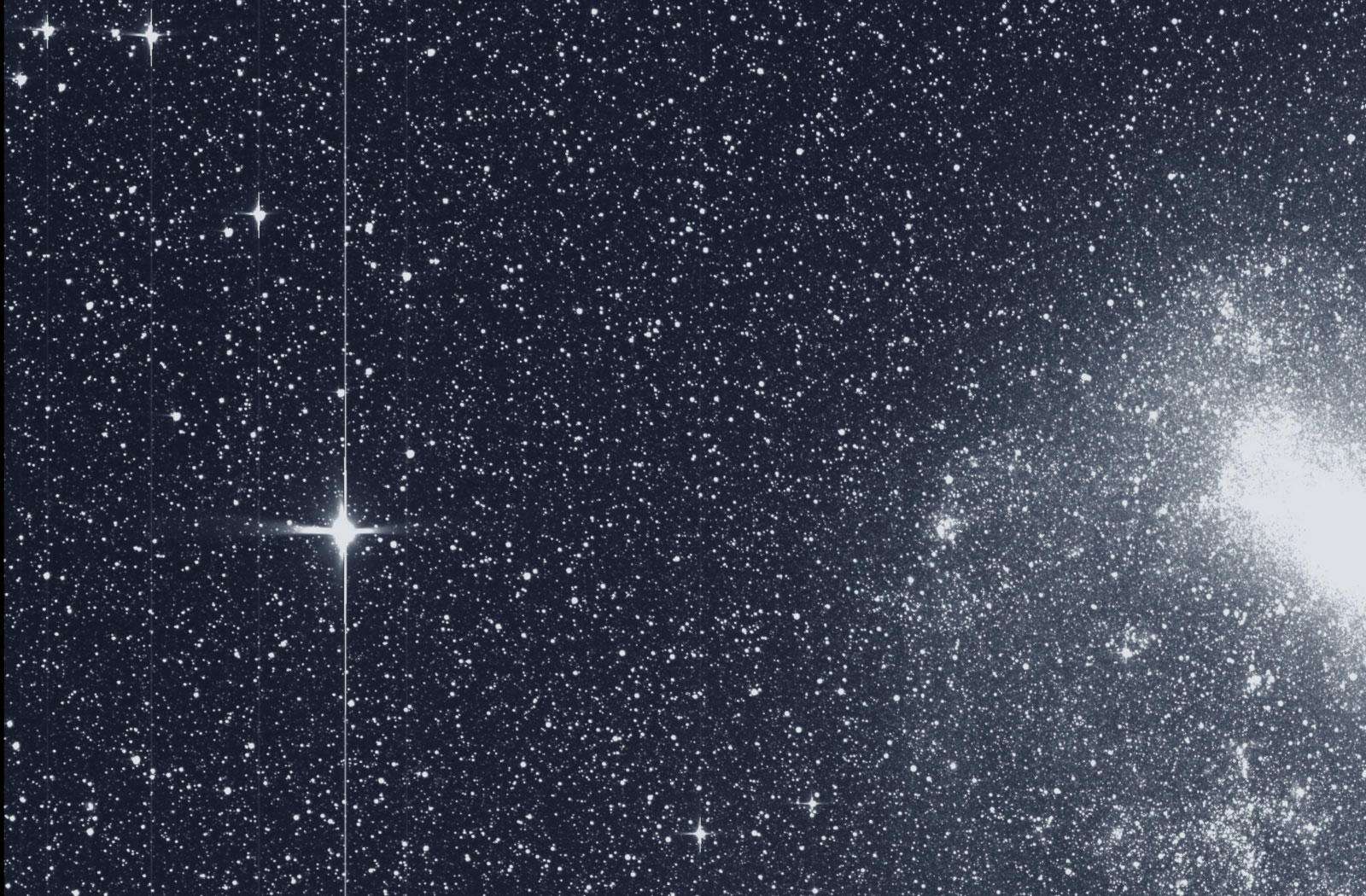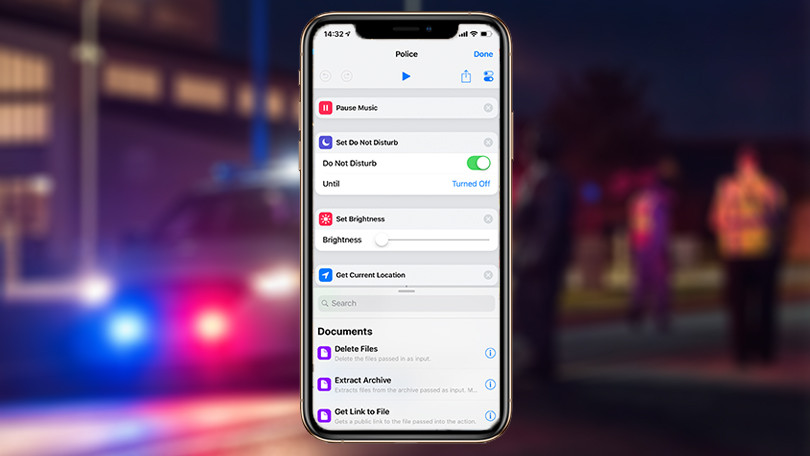
The first light marks a landmark for any astronomical device. NASA has released the first images captured by the Transiting Exoplanet Survey Satellite (or TESS).
TESS has been designed to hunt down exoplanets and offer us detailed images, taking the torch from Kepler, which discovered more than 2,300 exoplanets during its many successful missions.
TESS captured its first image using an array of 4 cameras that focused on the target zone for a period of over 30 minutes. TESS will observe the transit phases of exoplanets, which happens when an orbiting planet passes in front of its star, reducing its luminosity and allowing better observation.
While Kepler had a fixed perspective due to the technological restraints of its time, TESS can hunt for the exoplanets visible in approximately 85% of its sky. The sky has already been divided by astronomers and TESS will observe half of them in its first year and another half in its second year. Kepler was used to observe far-away exoplanets, which were up to 3,000 light years away from us. On the other hand, TESS will try to find planets that are closer to us, between the 300 and 100 light-years range.
TESS has also a higher light sensibility in comparison to Kepler, which will researchers to use advanced spectroscopy in order to determine the features of a particular exoplanet, such as mass, density and the components of the atmosphere.
A test image was captured by TESS one month after it was launched; passing by the moon in order to get a gravity boost that placed it in a stable orbit.
Kepler has offered useful information for almost a decade and although the initial mission was planned to take 3,5 years, more than 9 years passed since the observatory started its first mission. TESS is more modern, but Kepler will still be used as long as it is operational in order to further aid the discovery of exoplanets.
Agnes is a technical writer, being in touch with reports to come up with the latest tech leaks.






